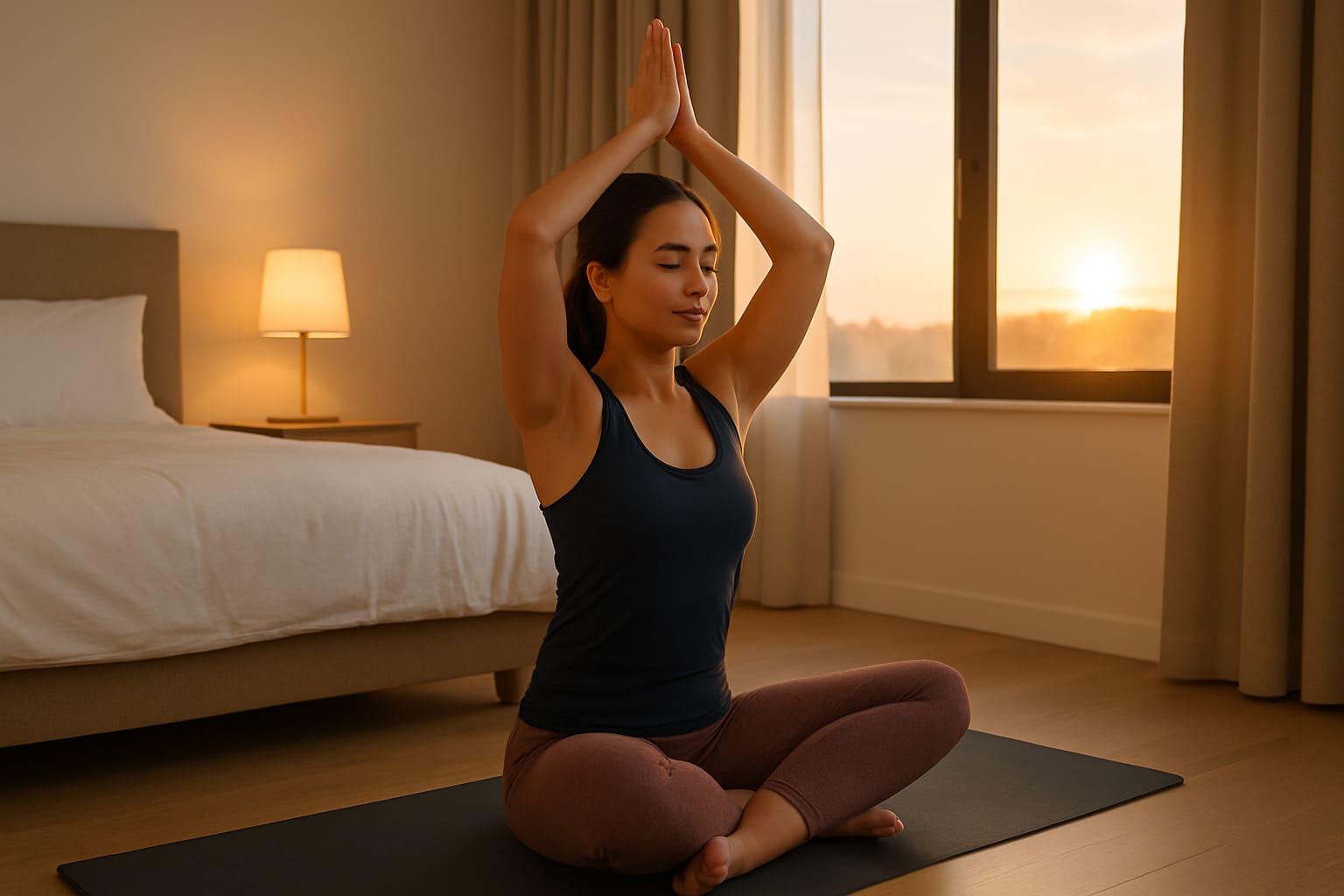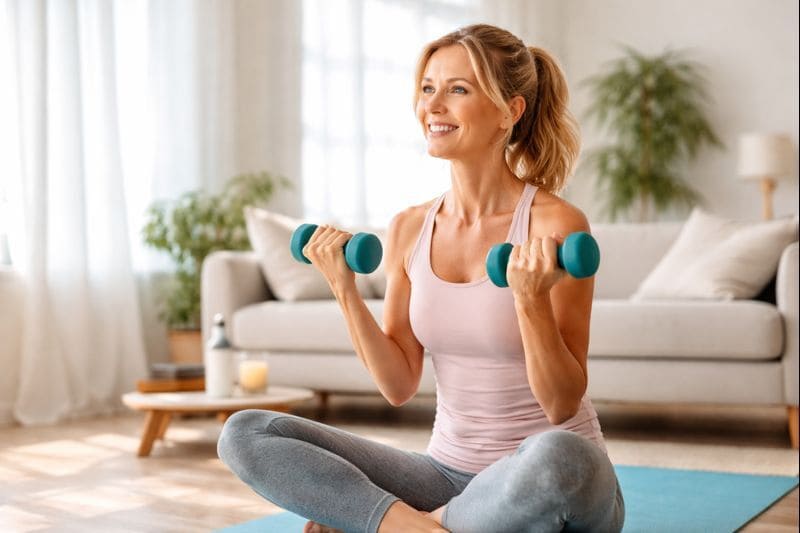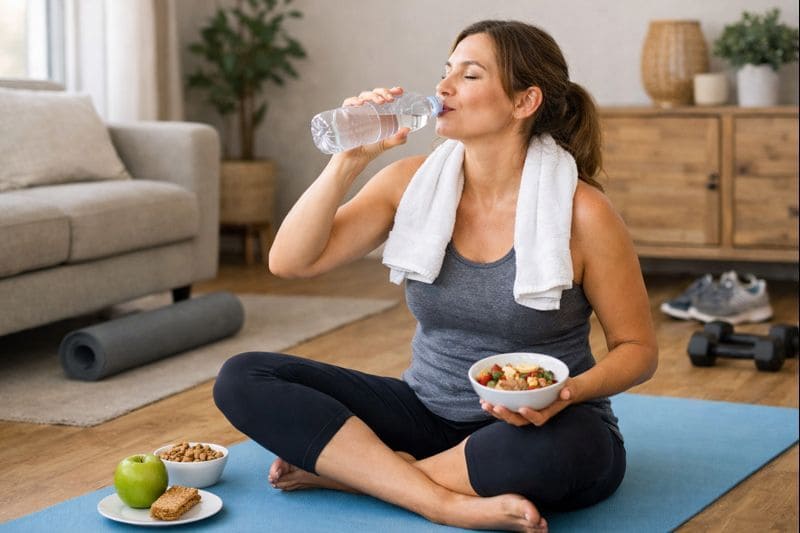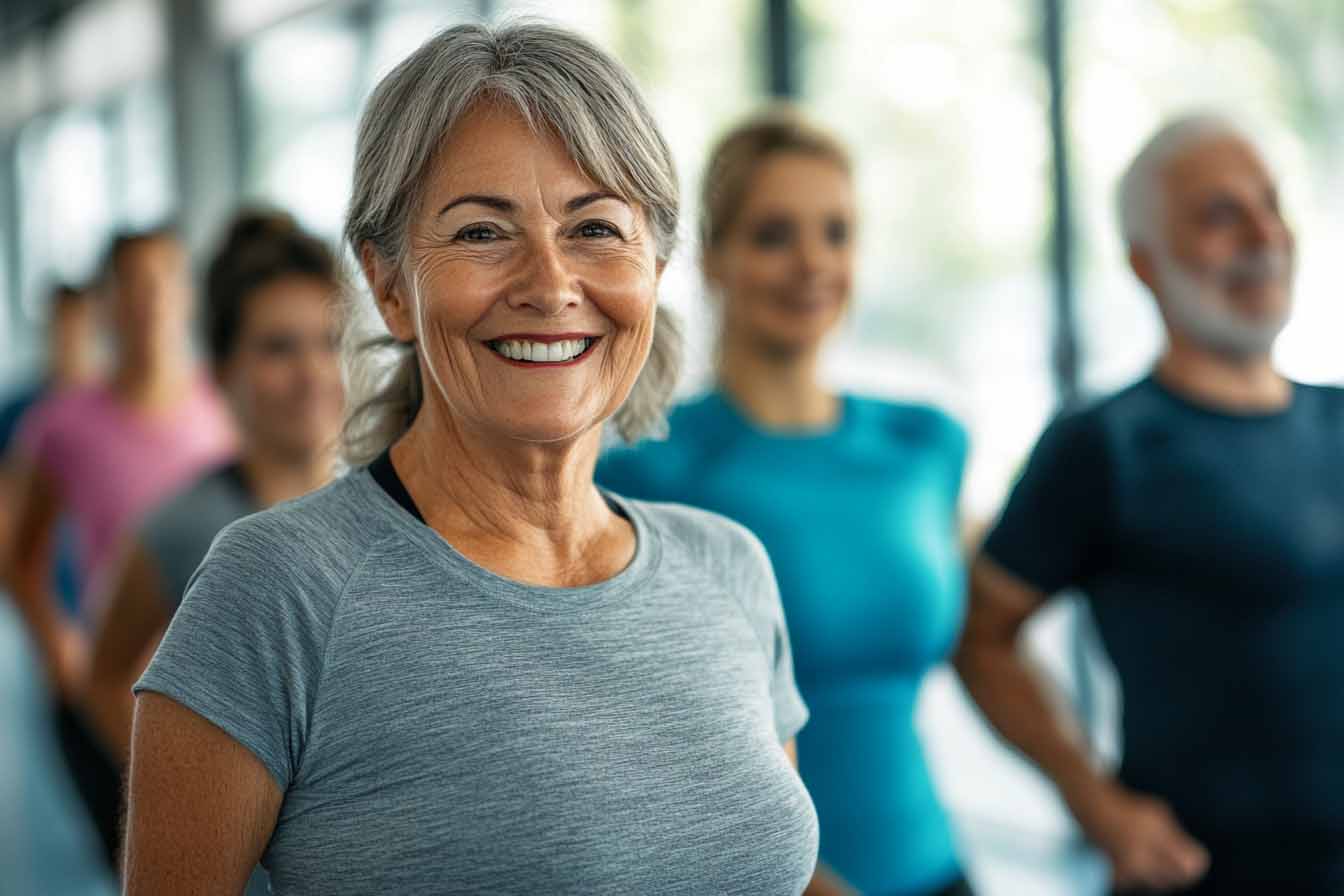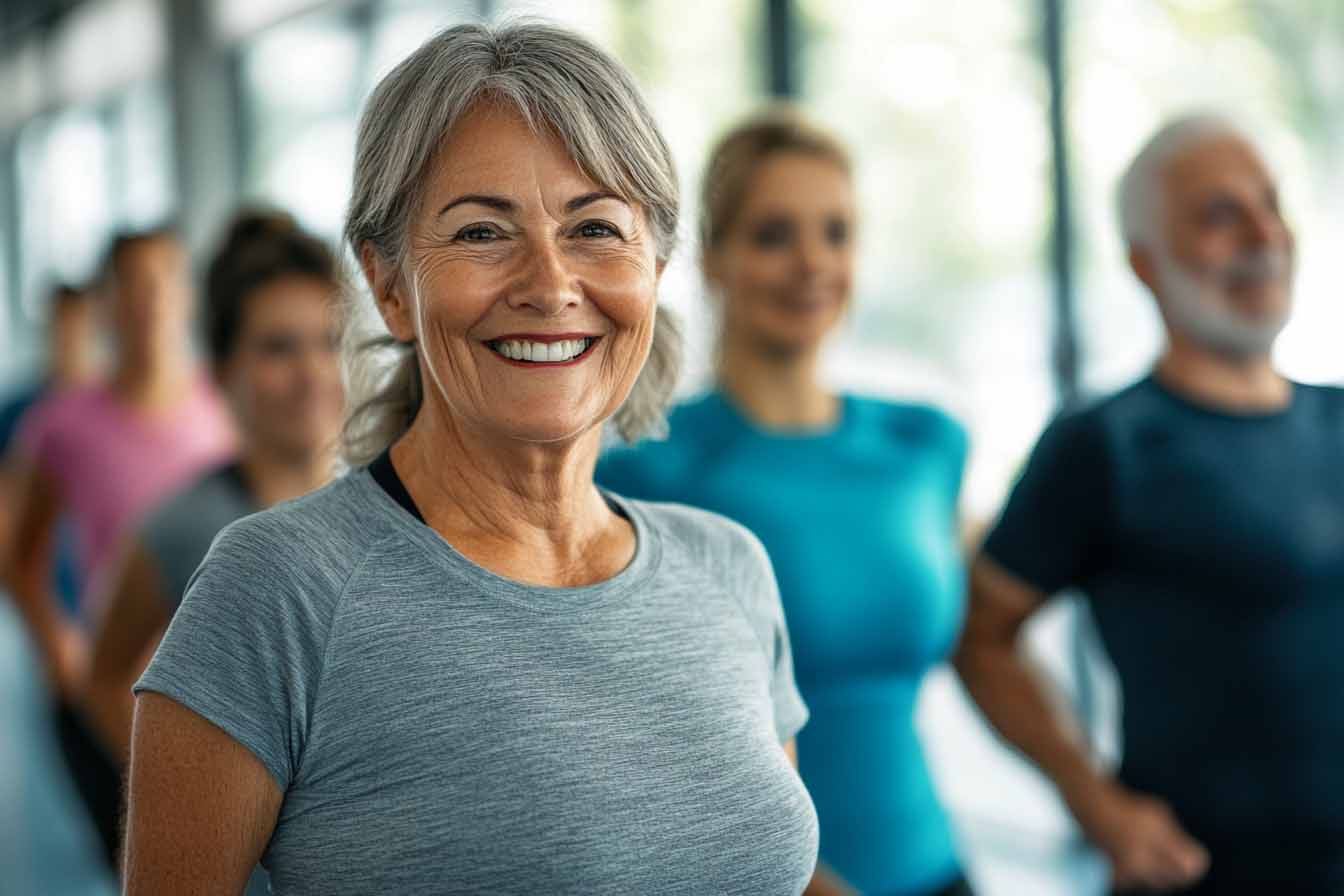Gua Sha has become increasingly popular for treating various ailments, especially for those dealing with neck and shoulder pain. While many people turn to this traditional Chinese therapy to relieve muscle tension, Gua Sha offers several lesser-known benefits that can significantly improve neck and shoulder health. If you’re familiar with the basics of Gua Sha and want to go deeper, check out this guide to Gua Sha techniques. Below, we’ll explore six unexpected ways Gua Sha can benefit your neck and shoulder health.
1. Reduces Headaches Related to Neck Tension
One of the more surprising benefits of using Gua Sha on the neck and shoulders is its ability to reduce tension headaches. Many headaches stem from tight muscles in the neck and shoulders, which can restrict blood flow and create pressure. By gently scraping these areas, Gua Sha helps release muscle tension and improve circulation, often relieving headache symptoms. Over time, regular Gua Sha sessions can prevent headaches by keeping your neck muscles relaxed and stress-free.
How to Use Gua Sha for Headache Relief:
- Focus on the upper neck and shoulders, using gentle, downward strokes.
- Apply light pressure at the base of the skull, where tension often builds.
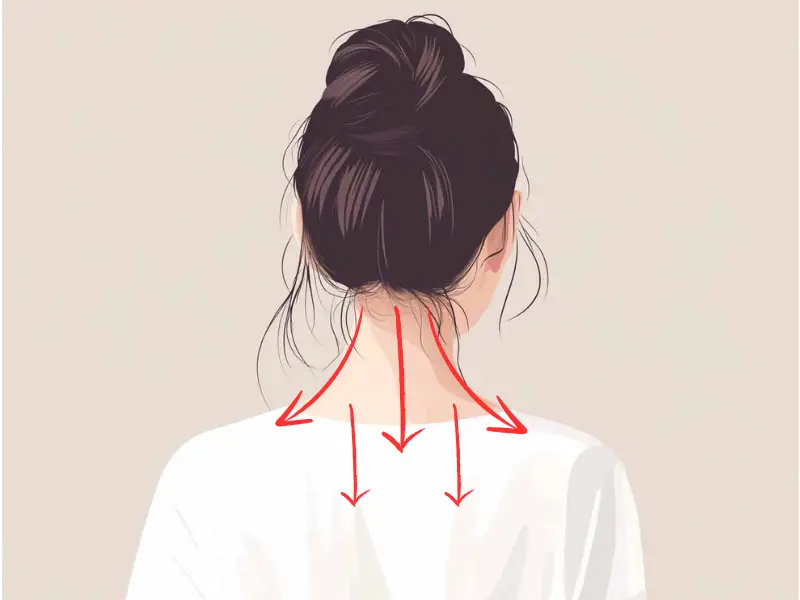
2. Improves Posture
Bad posture, particularly from sitting at desks or looking down at phones, can lead to chronic neck and shoulder pain. Gua Sha can surprisingly help with improving posture by relaxing the tight muscles that cause slouching or hunching. As the muscles around your neck and shoulders become more flexible, your body naturally aligns into a healthier posture.
“Gua Sha can be effective on any part of the body. For the face, it can help with lifting, brightening the complexion, and reducing puffiness. For the body, areas such as the neck, shoulders, and lower back, where muscles are particularly stiff and tense, are likely to show the most noticeable effects.” – Ms. Mai Sogawa, Senior TCM Therapist
Gua Sha Technique for Posture:
- Focus on both the back of the neck and the side of the neck.
- Back of the neck: Stroke along the spine and trapezius muscles from the base of the skull to the upper back, using medium pressure. This helps release tension that causes slouching.

-
- Side of the neck: Use gentle to medium pressure and stroke downward along the sternocleidomastoid (SCM) muscle. This helps relax the muscles that contribute to forward head posture.
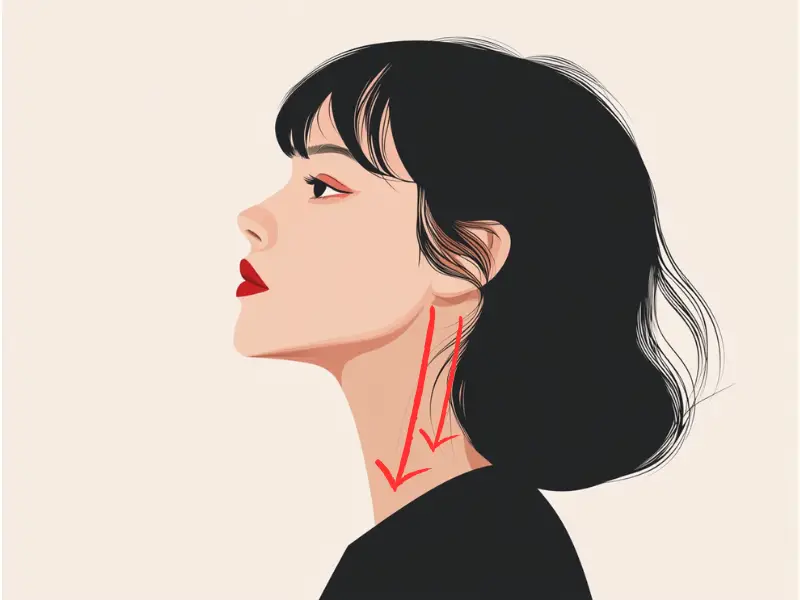
- Use consistent strokes to promote relaxation and blood flow, loosening stiff muscles and encouraging better alignment.
3. Enhances Lymphatic Drainage
While many know Gua Sha for its ability to improve circulation, fewer people are aware of its role in enhancing lymphatic drainage. The lymphatic system is crucial for removing toxins and excess fluids from the body. By stimulating lymph flow in the neck and shoulders, Gua Sha helps flush out toxins, reducing swelling and inflammation that can lead to pain.
How to Encourage Lymphatic Drainage:
- Use very light pressure when scraping the neck area, as lymph nodes are close to the surface.
- Start with strokes from the base of the neck upward to promote lymph flow.

4. Reduces Emotional Stress Held in the Shoulders
It’s common to carry emotional stress in the shoulders, leading to muscle tension and tightness that won’t go away with simple stretching. One unexpected benefit of Gua Sha is its ability to release this built-up emotional stress. By using gentle Gua Sha strokes, you can physically work out the tension stored in your muscles, leading to a deeper sense of relaxation.
Techniques for Releasing Emotional Stress:
- Focus on the tops of the shoulders, where stress tends to build.
- Use medium pressure with slower, longer strokes to release tension gradually.
5. Increases Range of Motion
If you’ve experienced tight neck and shoulder muscles, you’ve likely noticed a limited range of motion—whether it’s difficulty turning your head or lifting your arms. Gua Sha can help increase flexibility and restore your full range of motion by breaking down muscle adhesions and promoting healing. Regular Gua Sha treatments can leave your neck and shoulders feeling looser and more mobile.
While the strokes may seem similar to those used to reduce emotional stress, the key differences lie in the intention, pressure, and stroke style:
- Intention: For emotional stress, the goal is to release tension and induce relaxation. In this case, the intention is to break down muscle adhesions and improve flexibility.
- Pressure: Gua Sha for mobility uses firmer pressure compared to the medium pressure used for stress relief. This helps target deeper tissues that limit movement.
- Stroke Style: Strokes for range of motion are more repetitive and focused on specific tight areas. They are often slower and more targeted, with extra attention given to spots where flexibility is restricted, while stress-relieving strokes are generally broader and more calming.
“Tools with ridges can stimulate the scalp, and having various shapes like curves and ridges allows for different uses depending on the body part.” – Ms. Mai Sogawa, Senior TCM Therapist
Gua Sha for Better Flexibility:
- Use firm pressure on areas where the movement feels restricted, such as the back of the neck or the upper trapezius muscles.
- Focus on both the back of the neck and the upper shoulders, starting from the base of the skull and moving downward along the spine and outward toward the shoulders.
- Stroke speed: Perform slow, controlled strokes to effectively break down adhesions and promote deeper muscle engagement.
- Repetitions: Stroke each area 5–10 times, or more if you encounter stiffness. For tight knots, apply more strokes or even use small circular motions to release tension.
This approach is ideal for improving flexibility and relieving restricted movement caused by tight neck and shoulder muscles.
6. Promotes Faster Recovery from Injuries
Another unexpected benefit of Gua Sha for neck and shoulder health is its ability to promote faster recovery from injuries. Whether you’ve strained a muscle or are dealing with chronic pain, Gua Sha accelerates healing by increasing blood flow and reducing inflammation. This is particularly helpful for athletes or individuals who regularly suffer from neck and shoulder strain.
Gua Sha for Injury Recovery:
- Focus on the areas around the injury, rather than directly on it, to encourage blood flow without aggravating the injury.
- Use soft, repetitive strokes to reduce inflammation and support healing.
By incorporating Gua Sha into your wellness routine, you can experience these six unexpected benefits for your neck and shoulders. Not only does it offer pain relief, but Gua Sha also supports long-term health by improving posture, reducing stress, and speeding up recovery. If you’re new to Gua Sha or looking to refine your technique, don’t forget to check out our basic guide to Gua Sha for essential tips and tricks!

Try our Anti-Aging Gua Sha Tool designed to bring out your skin’s natural glow.
Best Gua Sha Product- Anti-Aging: The tool is designed to target 11 specific aging signs such as wrinkles and sagging skin. By following the 7-step routine, users can improve skin firmness and reduce fine lines naturally.
- Enhances Skincare Routine: It works effectively with serums and lotions, boosting absorption and efficacy of skincare products.
- Visible Skin Improvement: Users can expect a smoother complexion, reduced puffiness, and a more youthful appearance.
 P. Sze
P. Sze 



